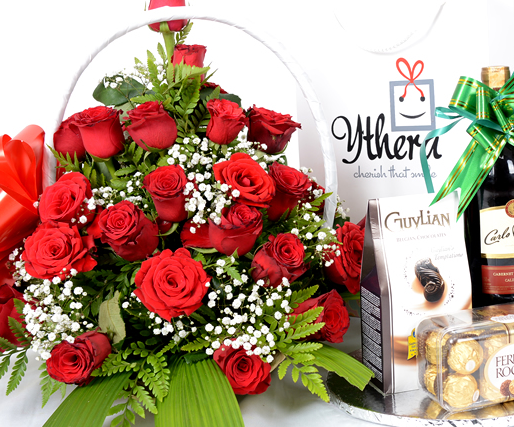Today I’m here to put to rest one of the most common misconceptions about corsets. (No, not the lie about how terrible they are for you.) Many people seem to think the presence of steel bones is all that defines a “real” corset. Sometimes this is expanded to a specific number of bones, typically 20 bones, being necessary. But what does corset boning really do? And if it’s not the bones, what makes a corset curvy?
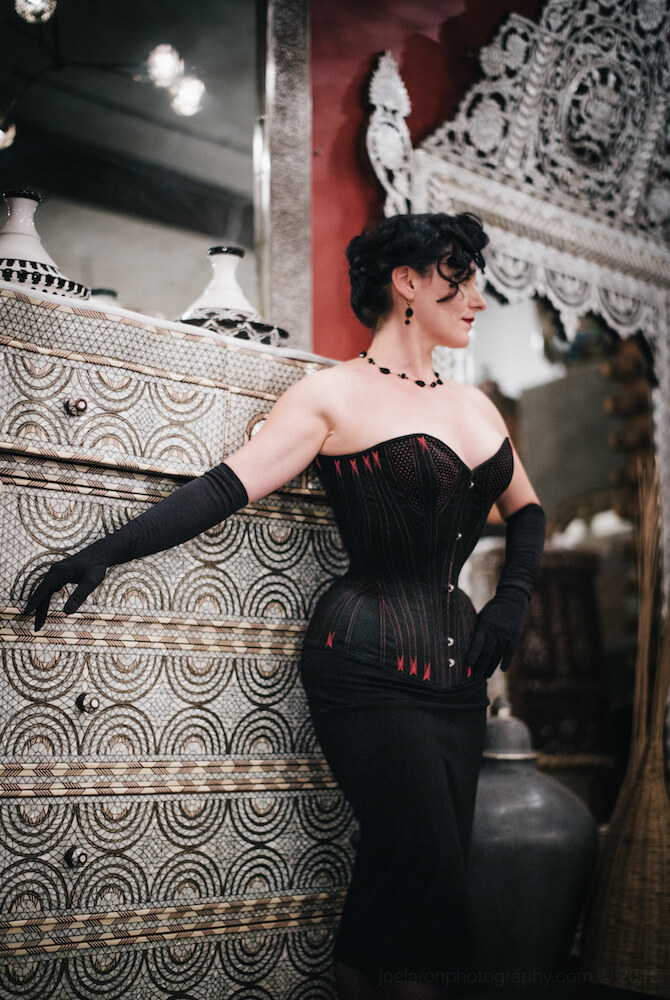
A couple quick basics: There are a few different types of boning, as well as several weights and standard widths. Most bones are either “flats” or “spirals,” both of which are made of steel. A good corset uses good quality bones, but it’s pretty easy to put good bones in a shapeless corset and it won’t do you a lick of good in terms of adding shape. The purpose of boning in a corset is to maintain vertical tension. Without boning, your corset would fall down (like most strapless dresses) and crumple around the waist (like your typical tube top). Vertical tension holds the corset upright. The overall construction of a corset, including the number and type of bones, supports the design and shape but doesn’t create it. Bones in a corset are like load-bearing beams in architecture: they hold up the shape and can be incorporated as a design feature, but their presence alone doesn’t define the lines.
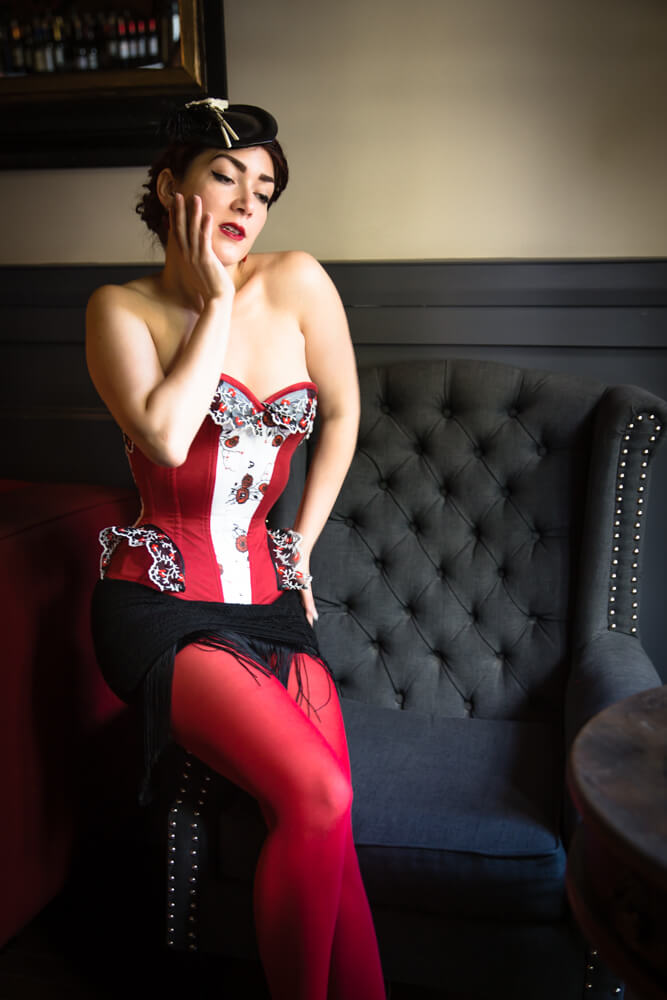
So it doesn’t matter if your corset is a tube or incredibly shapely. The bones serve the same basic function, no matter how many of them you put in.
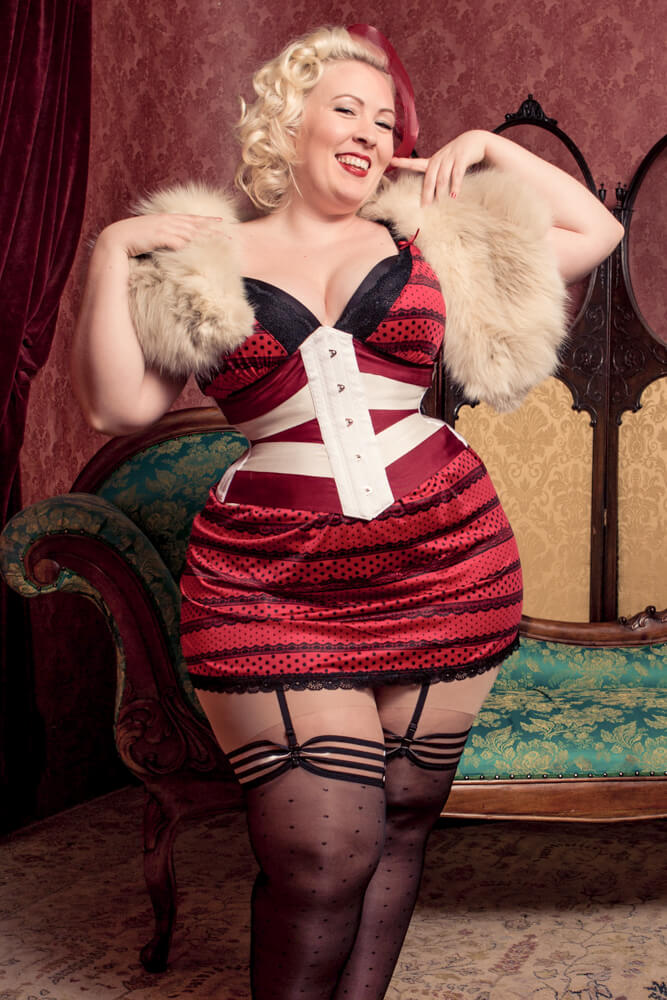
The shape and fit of a corset is primarily decided by the number and shape of the individual panels. This is why fit in corsetry is so much more than just measurements. A typical corset has a total of 12 panels. Since humans aren’t generally shaped like lampshades, each one of these panels has to be a different shape from the others to contour around your anatomy. How each measurement is distributed across the panels, and the shape of the transitions, is the roadmap for fit. The fabrics, seams, and hardware used will have some impact, but they are in no way the primary means of shaping.
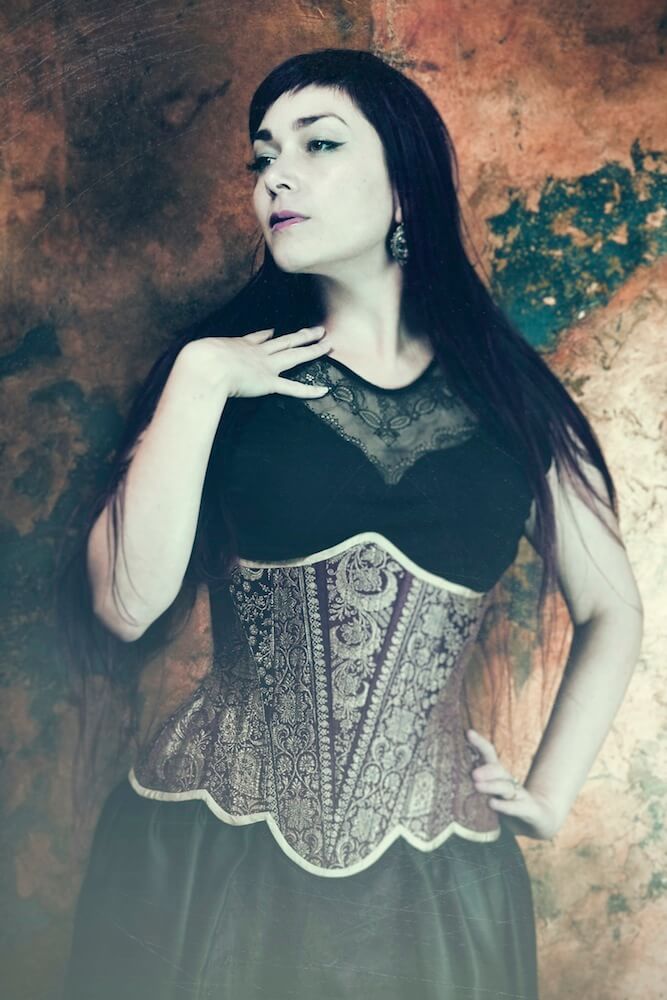
Incidentally, the other misconception I see about boning is that it needs to fill the length of its channel. This is said to stabilize it and prevent any twisting. Each corsetiere will have their own combination of techniques, of course, but it’s been my experience that the angle of the bone channel is far more important than how tight the bones are. Indeed, bones that are too snug in their casing are far more likely to wear through the fabric of the corset. Tight bone channels only treat a symptom.
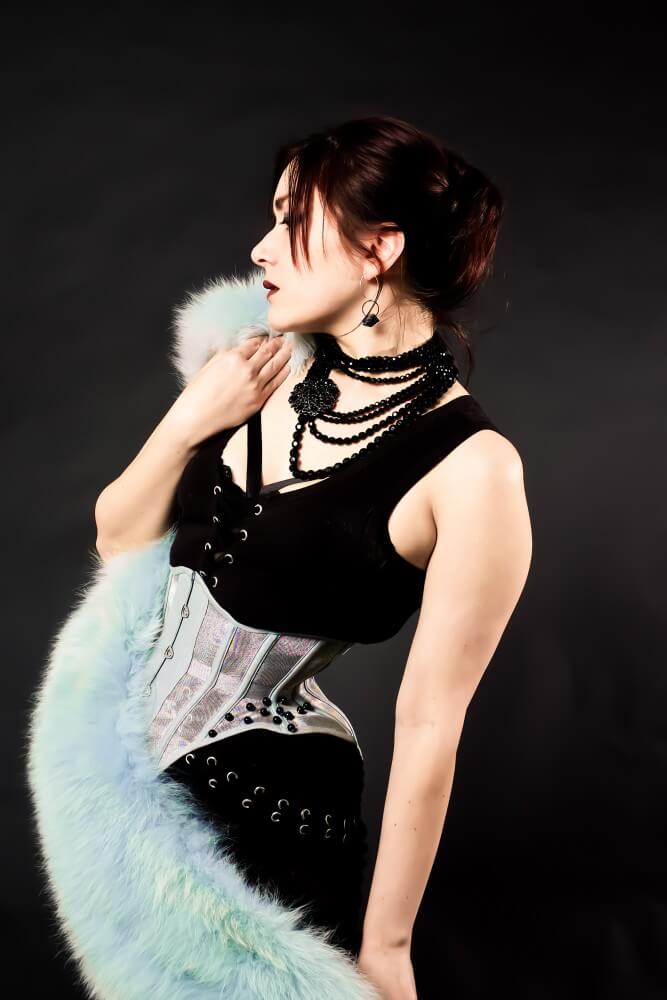
I hope that cleared up some of the confusion around boning for you! As ever, corsetmaking isn’t so much about any one material or method. It’s the combination of techniques and materials which is critical to the final result.
